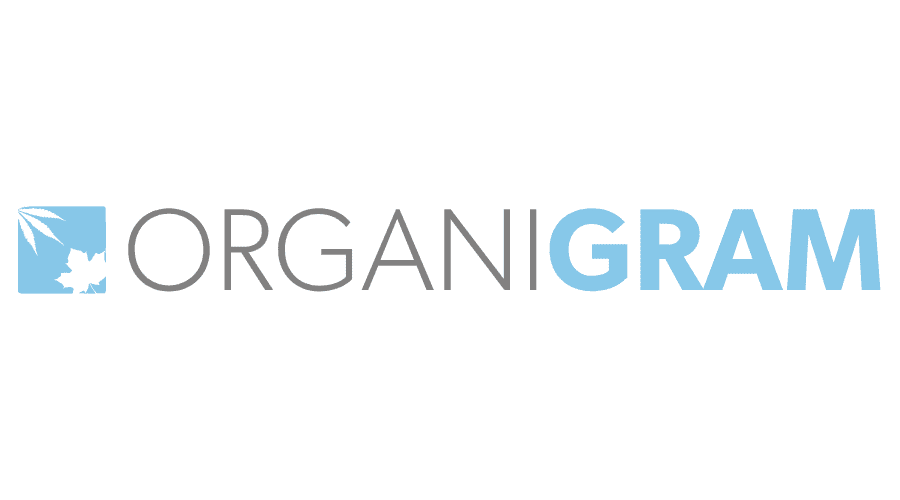Canada’s OrganiGram Holdings Inc. (NASDAQ:OGI) is currently trading at one of the lowest valuations in the cannabis space, which could spell a buying opportunity for this small cap stock, which is just shy of $1 billion market capitalization. Here’s a quick breakdown of what could make them buy… or maybe not.
What makes OGI hot
OrganiGram touts a relatively strong balance sheet regardless of its ongoing expansion efforts. At the end of last quarter, OGI had approximately CA$88 million in cash and short-term investments, as well as a CA$140 million credit facility with the Bank of Montreal.
Secondly, OGI is among the few profitable cannabis producers. Last quarter, it reported $12.5 million in net income from operations year-to-date on revenue worth $64.1 million.
Also, collaborations with 1812 Hemp and Eviana have well-positioned OrganiGram to capitalize on the high-value industrial hemp space – a space that has boded well from President Trump’s recent farm bill legalizing industrial hemp production.
Additionally, OGI is one of only two Canadian licensed producers presently researching the production of cannabinoids via biosynthesis. They’re taking a comprehensive approach to international expansion and the development of innovative vape products, edibles and beverages.
Strong brand recognition is also adding fuel to the OrganiGram fire. They’re already boasting a reputation for the exceptional quality of their dried flower products, with nine nominations from the Canadian Cannabis Awards, including top sativa, top indica, and cannabis product of the year.
Further down the pipe, Canadian regulatory agency Health Canada has reported that derivatives (edibles, infused beverages, concentrates, etc.) will finally legally go on sale by mid-December 2019. OGI is strongly focused on the derivatives market.
Although nearly half of OGI’s marketing strategy has been focused on the recreational market, medical patients are more likely to consume marijuana derivatives. OrganiGram already has fully-automated equipment for producing infused edibles, and is in the process of refurbishing 56,000 square feet of space at its Moncton facility in New Brunswick to expand extraction capacity.
OGI has also developed nano-emulsion technology to provide a quicker onset of cannabinoids. OrganiGram plans to first introduce its proprietary nano-emulsion technology as a dried powder, and is currently seeking beverage partners to feature this technology.
Finally, OGI enjoys a near-industry low cost of production thanks to their unique three-tier indoor growing system and customized automated packaging equipment. The company also utilizes a proprietary information technology system called OrganiGrow, which closely monitors grow cycles, strains, rooms, and other crucial environmental factors.
What are OGI’s downsides?
Regardless of its ability to produce 113,000 kilograms of cannabis per year, OrganiGram is still not among the top five licensed producers in Canada (in terms of projected annual output). The good news for OGI is that their growing platform is far more cost-efficient when compared to their rivals. But OrganiGram still lacks the economy of scale that its chief competitors employ.
Also, OrganiGram doesn’t currently have any big money partners, which could become necessary in order to expand into fragmented and competitive international markets, such as the U.S. and Europe. By going at it alone, OGI could be forced continually tap the public markets for capital, diluting current shareholders in the process, which would be less than ideal.
Lastly, OGI did underperform in its most recent earnings report, but it appears to be a correctable situation that’s already been resolved.
CEO Greg Engel said that their drop in plant yield during a recent reporting period was temporary. “Not only have our yields returned to historical levels, but we have seen a meaningful increase in average cannabinoid levels in harvests to date in Q4.”
OGI shares were trading at $6.07 per share on Tuesday afternoon, down $0.20 (-3.19%). Year-to-date, OGI has gained 70.12%, versus a 21.17% rise in the benchmark S&P 500 index during the same period.
This article is brought to you courtesy of StockNews.
About the Author: Eric Bowler

Eric is an accomplished journalist providing in-depth insights for more than two decades, with a special focus on the cannabis industry. Learn more about Eric’s background, along with links to his most recent articles. More...
More Resources for the Stocks in this Article
| Ticker | POWR Rating | Industry Rank | Rank in Industry |
| OGI | Get Rating | Get Rating | Get Rating |
| Get Rating | Get Rating | Get Rating | |
| Get Rating | Get Rating | Get Rating | |
| Get Rating | Get Rating | Get Rating | |
| Get Rating | Get Rating | Get Rating |






